Poznań 2021-08-31
Airplanes at the Agricultural Museum in Szreniawa.
National Museum of Agriculture and Food Industry in Szreniawa.
Geographic coordinates: 52.315N 16.797E.
The agri-aviation exposition.
The Museum in Szreniawa, next to Poznań, has the largest collection of aircraft that have been used in agriculture and forestry in Poland over the centuries. At the same time, this section is discussed and presented in detail.
The Agrolotnictwo exposition has the largest exhibits in the museum, but not the heaviest. Nine original aircraft are on display in the museum. Most of them were produced and operated in Poland, Europe, Africa, South and North America. There are planes and one helicopter in the open exhibition. All exhibits are in the original colors in which these planes were used in Poland.
PZL An-2 R, SP-WMF.
The Antonov An-2 aircraft was a design developed by the Antonov team at CCCP. However, the mosquitoes did not have the production capacity, because all factories built combat planes. When looking for a new factory for the production of An-2 aircraft, CCCP held talks with both Poland and East Germany (German Democratic Republic) and Czechoslovakia. The choice of a factory in Poland was more a political than a substantive one. Let us recall that during this period in Poland, tests were carried out on the new MD-12 passenger plane, ahead of the An-2 design by two generations. The Kremlin rightly concluded that the Russian monopoly could be disturbed. By locating the An-2 production in Poland and guaranteeing the receipt of these aircraft, it was almost 100% certain that the MD-12 program would collapse. And that's how it happened.
CCCP sold Poland the rights to produce An-2, concluding a commercial contract for long-term deliveries of these aircraft. In 1959, WSK Mielec received the license documentation and the model aircraft No. 111519 produced in 1959. The plane was registered in Poland under the SP-ANA marks and production started. The first 10 machines were assembled from parts supplied with the CCCP.
The first Polish An-2 made its first flight on October 23, 1960, and the pilot was the test pilot, Mr. Tadeusz Gołębiewski. The employees of WSK Mielec quickly mastered the new technology and from January 1961, mass production of components made exclusively in Poland began. WSK Okęcie was one of the largest subcontractors. It produced vertical and horizontal tail, floats for the water version, and chemical tanks for the agricultural version. On March 23, 1961, the first batch was handed over to recipients from the East.
In 1961, the production of ASz-62 IR engines with a capacity of 1 x 736 kW (1 x 1,000 HP) began under license at WSK Kalisz.
The Institute of Aviation made a significant contribution to the modernization of this outdated aircraft structure. In 1962, comprehensive tests of the An-2 aircraft manufactured in Poland began there. As a result, many elements were improved and modernized, while making the machine safer. In 1965, in the Institute of Aviation, tests of the equipment for chemical dissemination and spraying were carried out. The agricultural version of the An-2 R aircraft has already been produced since 1961, but the Agro equipment has not been tested. The An-2 R was equipped with two types of installations. The first is for dusting with loose chemicals. The second is for spraying liquid chemicals. The tank was placed in the hold of the plane. These planes were used in agriculture and forestry.
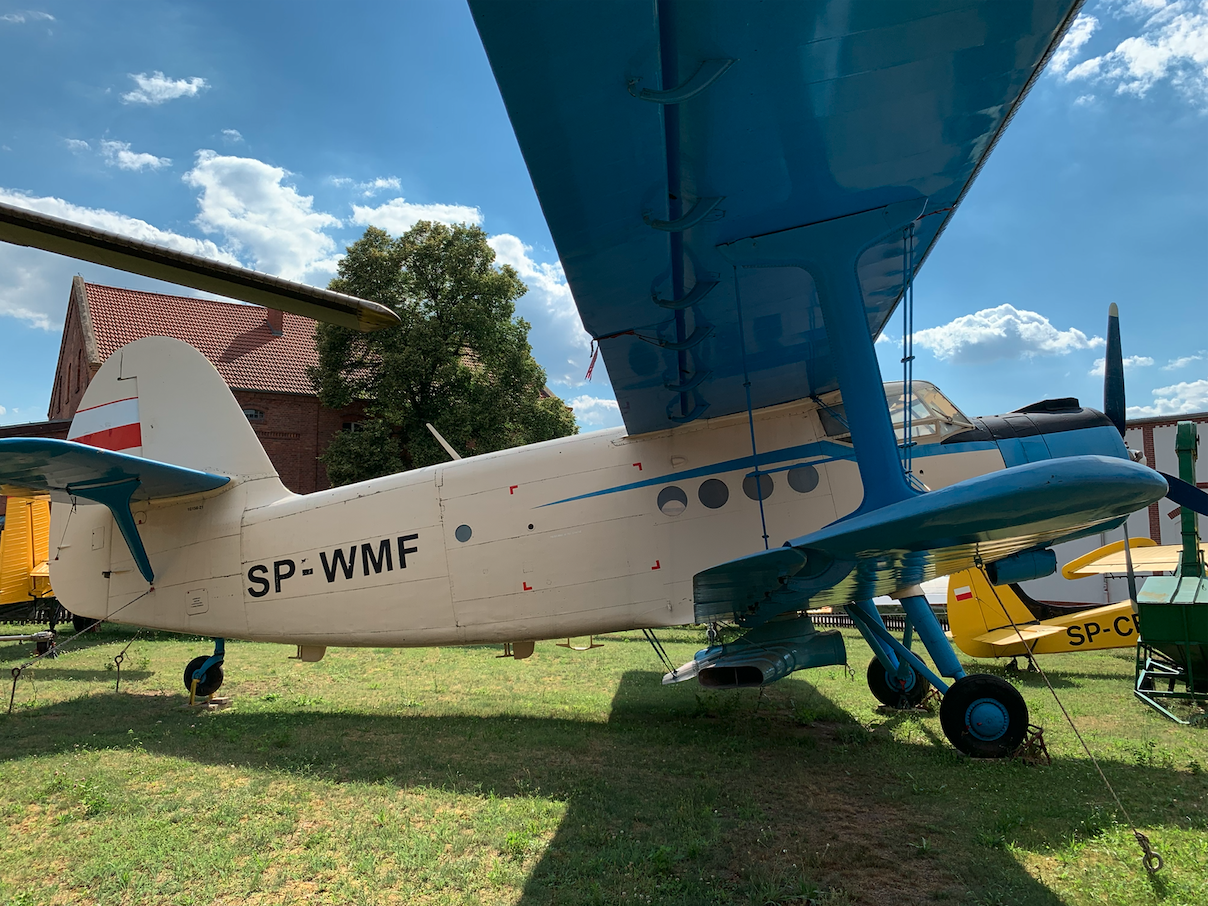


PZL M-15 Belfegor SP-DFA Nr 1S00603. (Belphegor).
The PZL M-14 agricultural aircraft program developed in Mielec for CCCP collapsed. Unexpectedly, the CCCP offered Poland to build a completely different agricultural aircraft, which was developed by the team of engineer Riamr Adamowicz Izmaiłow from Arseniewo. In the spring of 1971, several rounds of talks were held in Moscow. Since CCCP was to be the main recipient of the planes built at PZL Mielec, the Polish side had little to say. The surprise was caused not so much by the plane's layout as its power unit, consisting of a single AI-25 turbojet engine used to propel the Yak-40 aircraft. It was in the Kremlin that the decision was made that the plane was to have a lifting capacity of 2,500 kg and that the plane was to be turbojet powered.
The M-15 agricultural plane became the world's first and the only one with a turbojet drive. The eastern side explained the choice of such an engine with the lack of an equally powerful piston drive and the desire to standardize the fuel used in AEROFŁOT (!?). Arguments are meager when it comes to fuel consumption and noise emitted by this type of engine. And most of all, the entire civilized world knew that turbo-jets were uneconomical at low forward speed ranges. The whole world, but not the mosquitoes.
It was agreed that the plane would be developed by a joint Polish-CCCP team. For two bad reasons, the Polish side agreed to these conditions and the plane materialized in the form of PZL M-15 Belfegor. The more so that in the first interviews, the CCCP side reported a need for 2,500 - 3,000 machines. Yes Yes. This is not a mistake. The pace of the program was also supposed to be incredible; only three years. In 1974, the Polish side was to deliver planes to the CCCP. The plane received the designation PZL M-15, and after the Paris Air Show in 1977, the name Belfegor (Belphegor) was added to the symbol.
The plane received an extraordinary shape. A biplane with two beams extending from the upper wing to which a large tail is attached. The chemical tanks were placed between the wings in large streamlined bubbles. The use of a biplane system was justified by the large mass of the plane. At the same time, it limited the span of the machine. The crew cabin is located in the front of the fuselage, which provides excellent visibility, but risks serious injuries in the event of a collision with an obstacle.
Design work began in July 1971. The preliminary design was completed in March 1972. In June 1972, the mock-up commission met and assessed the full-scale mock-up of the aircraft. The design was approved and work on the technical design began. The aircraft layout was patented in Poland.
Work on the M-15 progressed rapidly. At the end of 1973, the first prototype was handed over for airport trials. On January 9, 1974, the prototype No. 1S 001-01 was flown. The test pilot, engineer Tadeusz Gołębiewski, sat at the controls. A total of four prototypes were built; No. 1S 001-01, No. 1S 001-02, No. 1S 001-03, No. 1S 001-04. They were different from each other. The aircraft No. 1S 001-04 received duplicate controls and was flown on December 30, 1975 by engineer Andrzej Pamuła. It was already designated PZL M-15-40. In 1975, the information series was completed.
The first serial PZL M-15-40 No. 1S 006-01 was flown on July 19, 1976 by engineer Adam Gruba. In the period 1978-1979, a batch of M-15 aircraft underwent operational tests in CCCP, East Germany and Poland. In March 1979, the M-15 aircraft received the CCCP certificate. Deliveries to users on the premises of CCCP began in 1978. Serial production ended in 1981, after 250 copies were built (including prototypes). According to other data, only 175 were built, and yet other sources say only 120 machines.
In the end, the PZL M-15 Belfegor program turned out to be a failure. In a short time, due to the sloppy operation of the CCCP, the planes were grounded in collective farms and then looted.
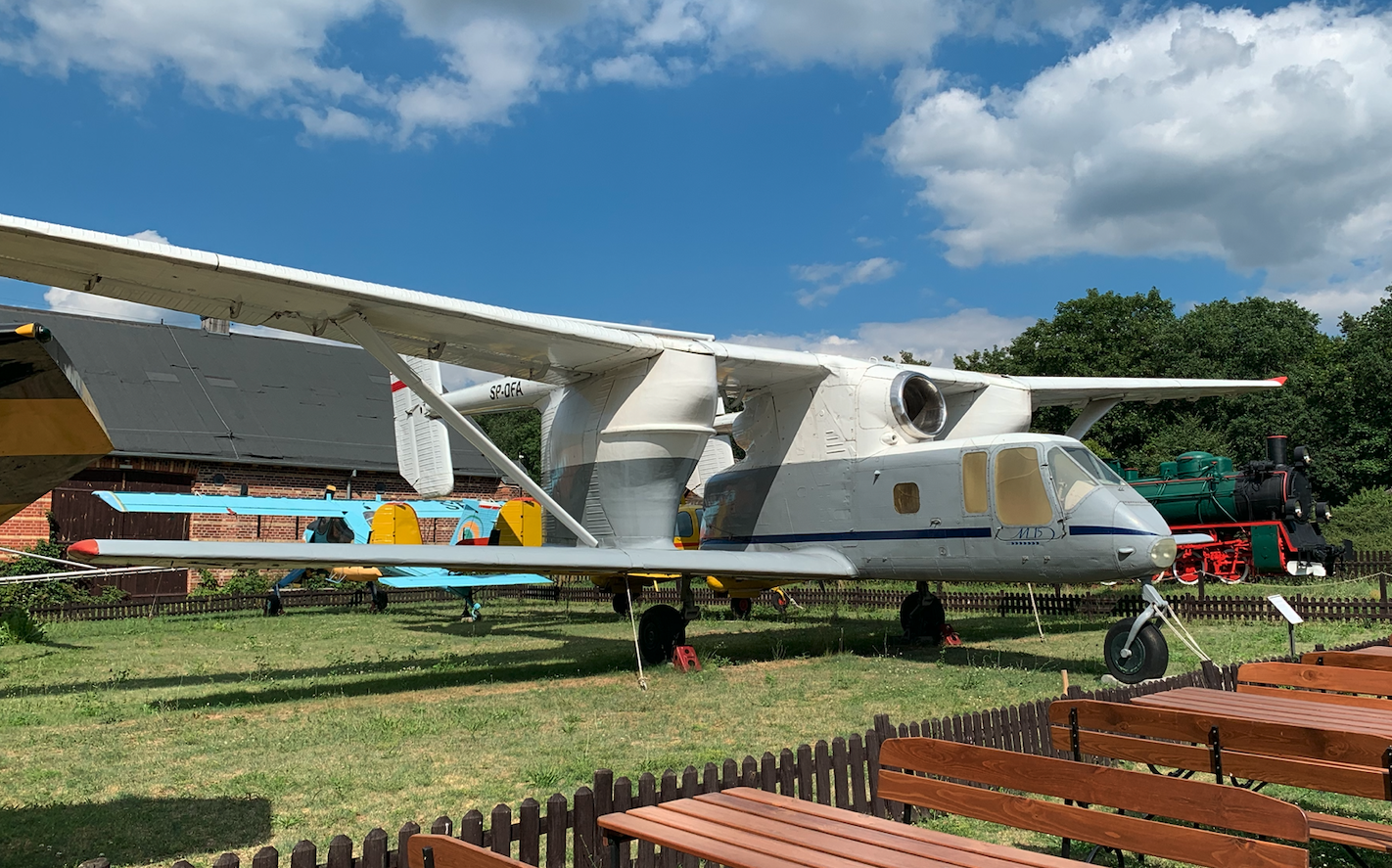
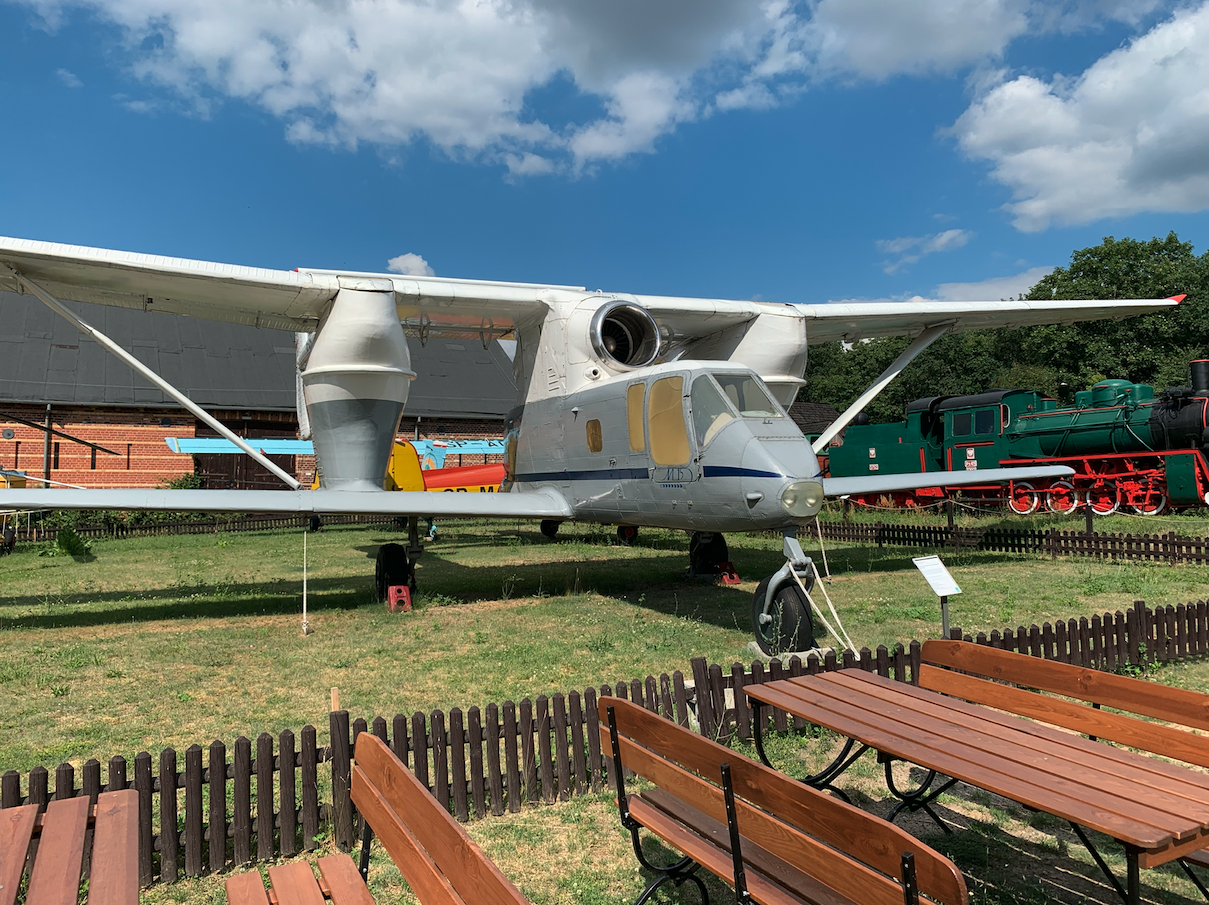
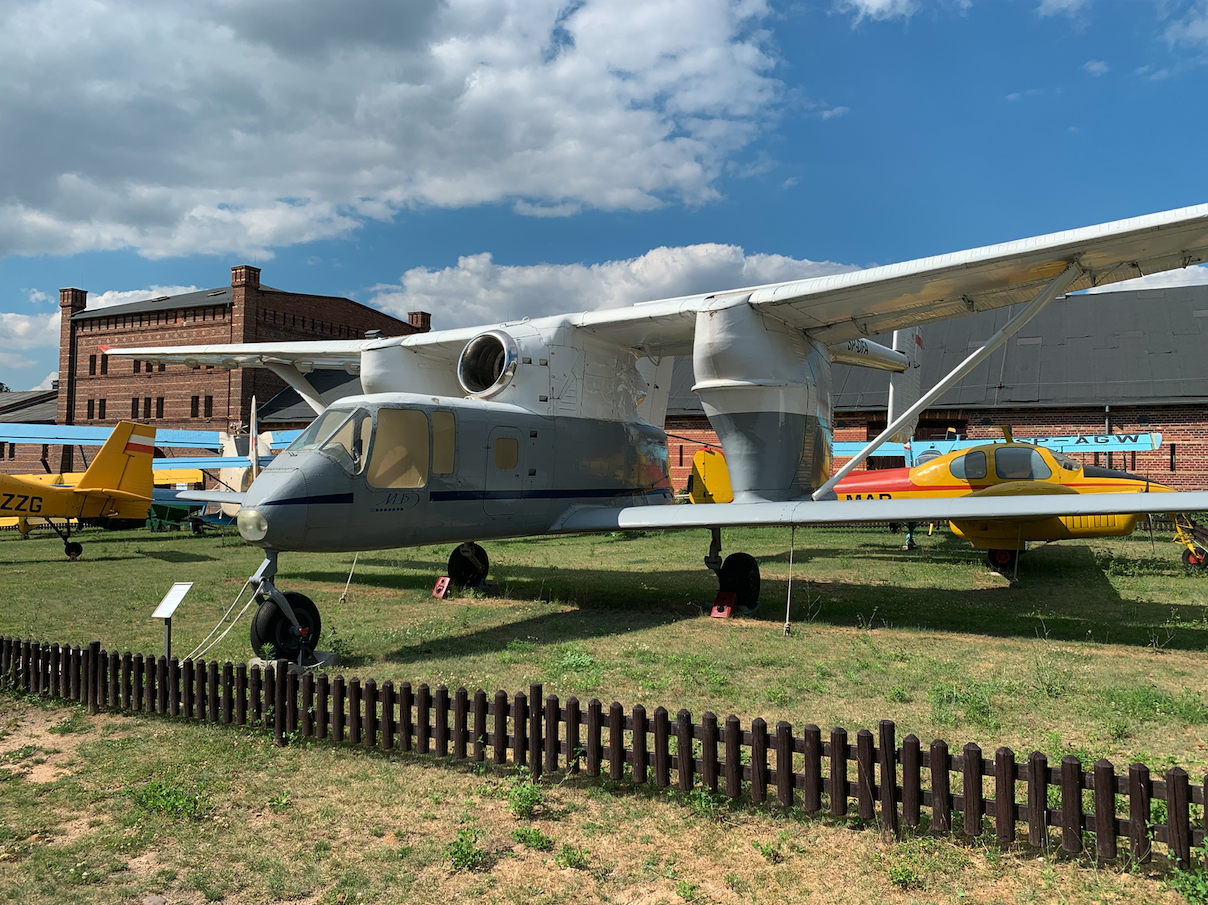
PZL M-18B Dromader SP-ZZG.
There was a large percentage of Polish engineers who saw no future for the M-15 Belfegor outside the CCCP. Therefore, they slowly but consistently developed initial designs that would suit users in Poland and highly developed countries. As early as in the fall of 1974, work began on a new agricultural aircraft, powered by the ASz-62 Rm18 engine, with a capacity of 736 kW (1,000 HP), which had been produced for years for PZL An-2 aircraft. Polish engineers under the supervision of MSc. Józef Oleksiak found that the ASz-62 engine could be used to build a machine 40% heavier than the Rockwell International S-2R Thrush agricultural plane produced in the USA. The preliminary design was completed in January 1975.
On February 27, 1975, a cooperation agreement was signed in Krakow with Rockwell International to launch the PZL M-18 aircraft construction program. The construction documentation was prepared in July 1975. In September 1975, the tooling for production was ready. It should be emphasized that the technical design was completed in record time; from February 1975 to July 1975.
A decision was made to build three prototypes. One for static and two for flight tests. Thanks to the use of several elements from the S-2R Thrush Commander, it was possible to shorten the construction of prototypes to about 1 year. The aircraft was built in the same layout as the PZL-106 Kruk, i.e. the safest and most convenient to operate. Take-off weight 4,200 kg with a tank for 1,200 kg of chemicals and overloaded version with a take-off weight of 4,700 kg with a tank for 1,600 kg of chemicals.
The plane owes its own name to the flight deck, which protrudes high above the fuselage, which makes it resemble a one-humped camel - Dromedary. On August 27, 1976. the first flight of the PZL M-18 Dromader aircraft no. 1ZP 01-02, registration SP-PBW took place at Jasionka Airport (then belonging to the Rzeszów Aeroclub). The pilot was the engineer Andrzej Pamuła. The second PZL M-18 prototype No. 1ZP-01-03 registration SP-PBZ made the first flight on October 2, 1976. Engineer Tadeusz Gołębiewski was the pilot.
Pilot properties and aircraft performance were better than assumed. Information, photos and a video from the PZL M-18 trials were presented in December 1976 at the agricultural aircraft exhibition in Las Vegas (USA). In the summer of 1977, the M-18 was shown at the Paris International Air Show. In September 1978, factory and state tests were completed and the aircraft received a type certificate (No. BB-120 September 1978), issued by the Polish Ministry of Communications.
Around 1978, the Americans withdrew from cooperation. The PZL company decided to continue working on the plane on its own.
Serial production of the aircraft was launched in December 1978. In 1982, the hundredth copy was built. In the fall of 1983, the 200th copy was built. By the end of 1987 433 machines were built, including 3 prototypes and 10 information series. By 2010, about 500 copies had been built. In 2013, the plane was still on offer. In 1988, the aircraft was operated in 17 countries; Poland, USA, Yugoslavia, Hungary, Cuba, Canada, Bulgaria, Turkey, Czechoslovakia, Nicaragua, East Germany, Greece, Venezuela, Iraq, Morocco, Trinidad, Swaziland.
The PZL M-18 Dromader is a truly perfect agricultural, forest and fire aircraft. Its characteristics surpassed all similar constructions. It is distinguished by a high rate of climb. The ground and grass landing sites have a short take-off and landing distance. Performs quick turns (20 seconds). It has a moderate fuel consumption (140-150 liters / h). The replacement of specialized equipment takes little time (15-60 minutes). May work at night. Can perform long ferry service (up to 2,500 km with the use of a chemical tank as a fuel tank). Comparing the M-18 with the popular in Poland An-2 R gives an even better picture of the modernity of the structure. The An-2 has 12,000 parts, while the M-18 only has 5,000 parts. The production of An-2 R takes 5,000-8,000 hours, and the M-18 only 3,500-4,000 hours. The M-18 is manufactured mainly from semi-finished products manufactured in Poland. Parts import is only 4% of the price of the entire plane. There was also talk of reducing this indicator to 1%. Due to technical solutions, performance and price, the plane was one of the best agricultural machines in the world. In 1980, it was expected to be competitive for 15-20 years. Today (2022) it can be seen that the machine can still be competitive.
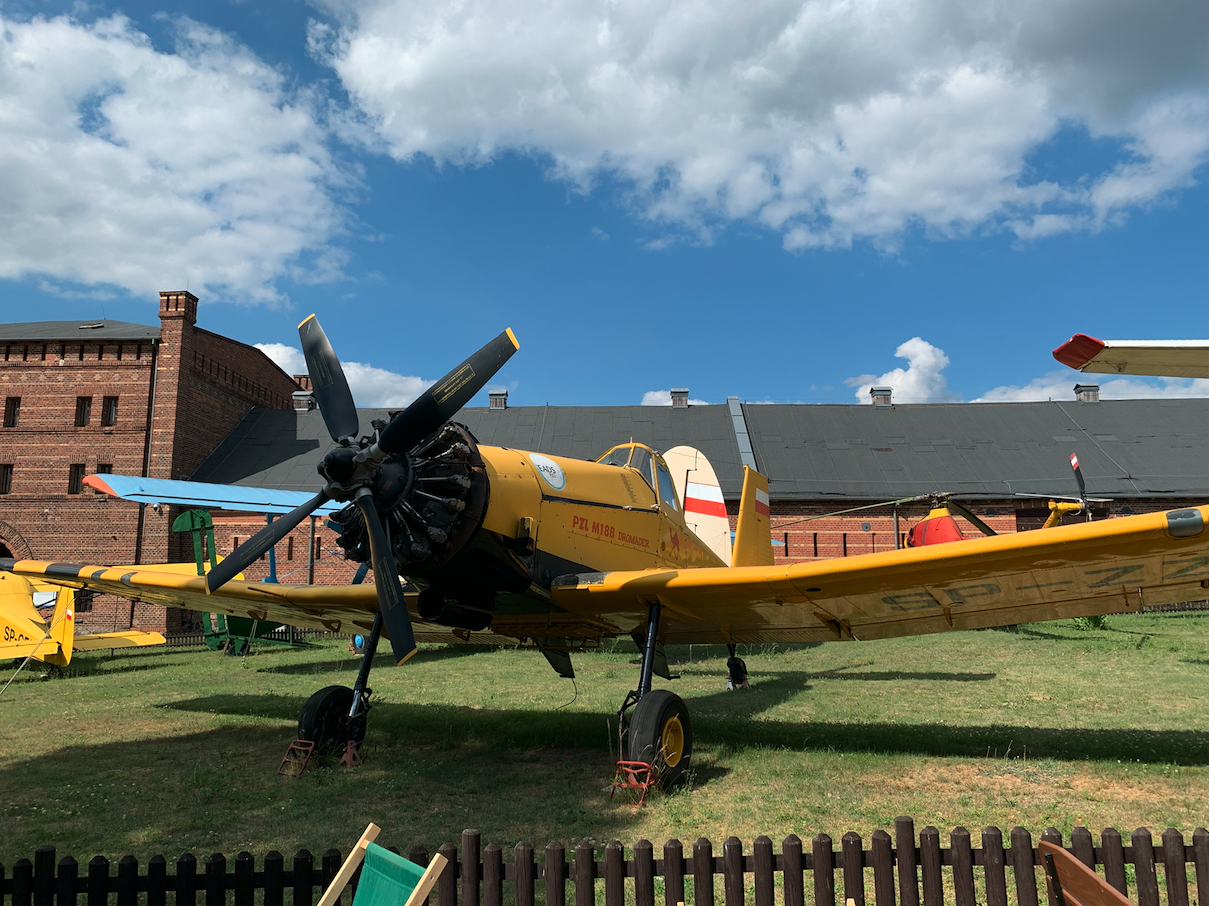
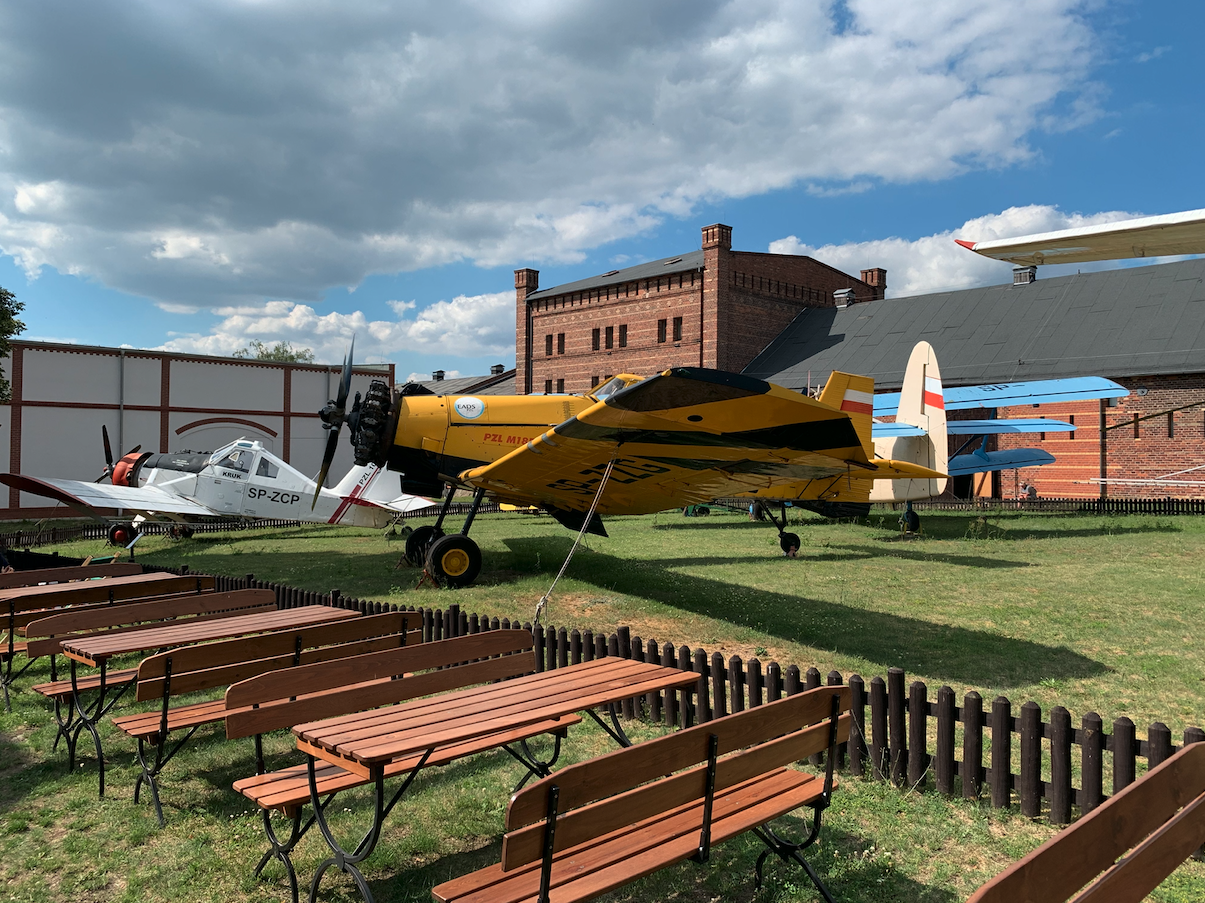
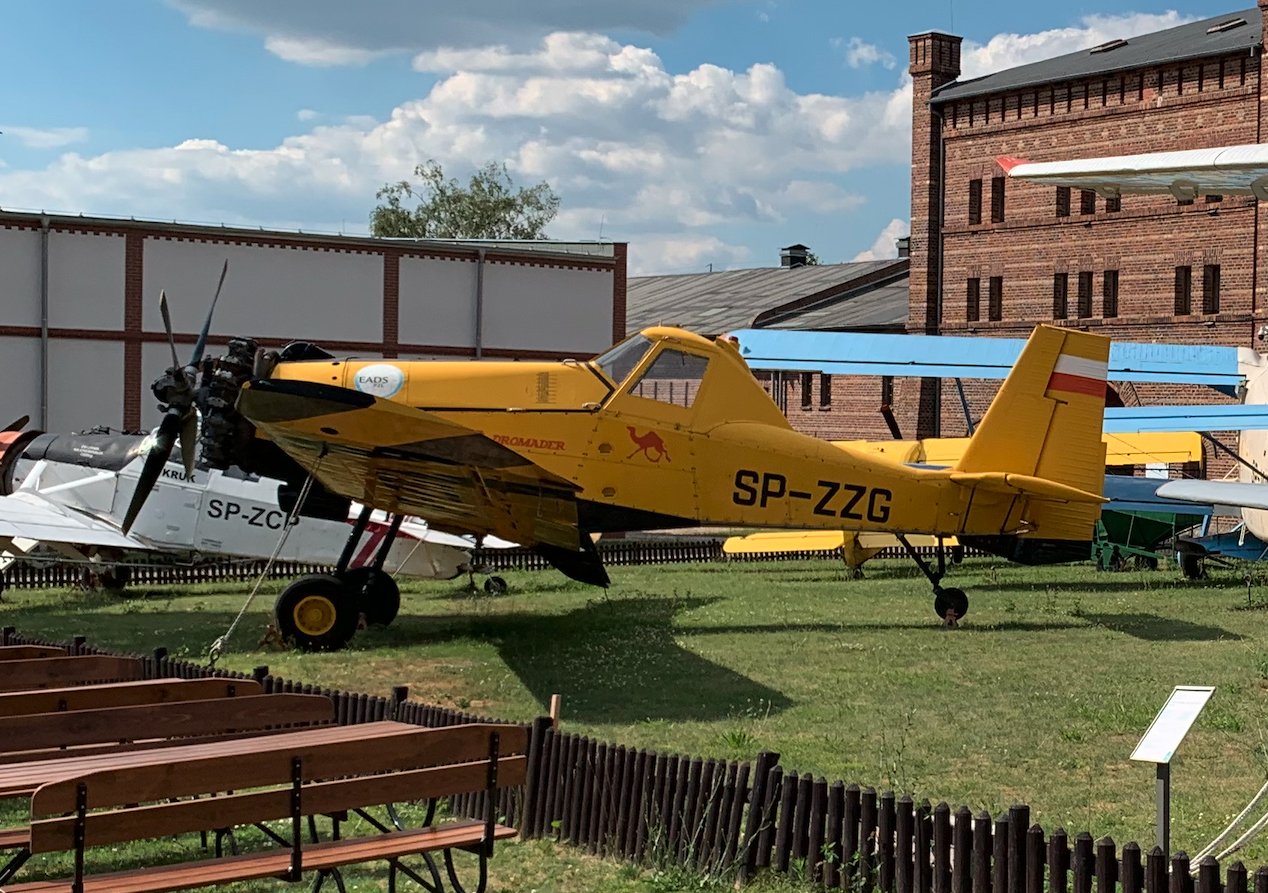
Written by Karol Placha Hetman
